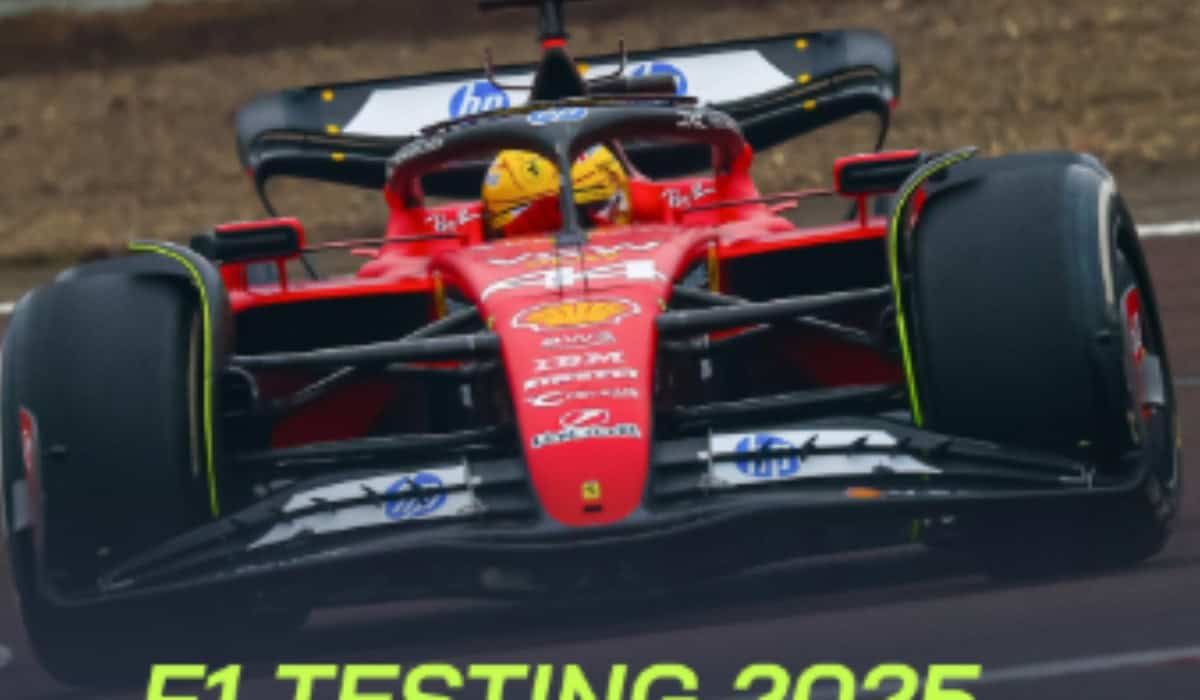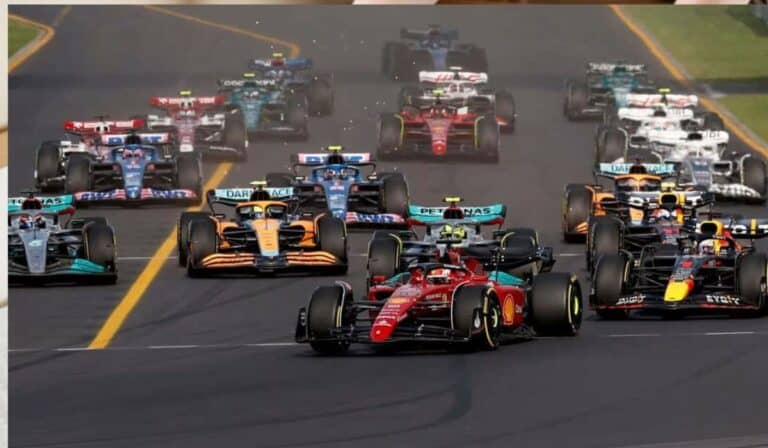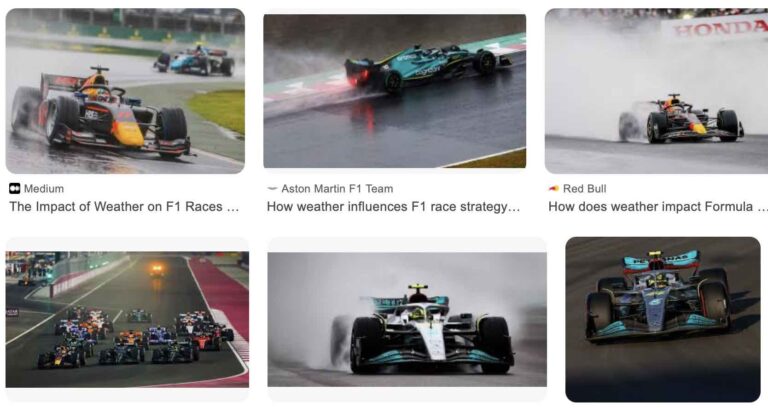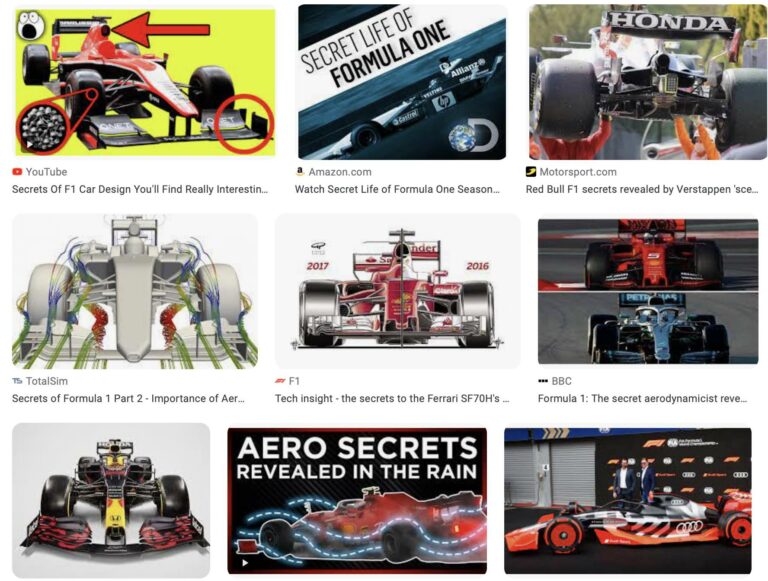F1 Testing 2025: Schedule, Analysis, and Live Insights
Every Formula 1 season begins long before the first race lights go out. The F1 pre-season testing period sets the tone for the months ahead — offering fans, teams, and analysts a first glimpse into each car’s true potential. In 2025, testing once again promises drama, innovation, and performance revelations. But what exactly happens during testing, and how does it differ from practice sessions? Let’s break it down.
What Is F1 Testing and Why It Matters
F1 testing allows teams to evaluate car performance, collect crucial data, and identify weaknesses before the championship begins. While races capture global attention, it’s during testing that teams quietly lay the groundwork for success, insights often highlighted during coverage of F1 on Sky Sports UK.
Unlike race weekends, testing isn’t about winning. It’s about reliability, setup balance, tire wear, and aerodynamic performance. Engineers monitor thousands of data points from sensors fitted around the car. For drivers, it’s an essential period to adapt to the new machinery and understand its behavior under different conditions.
F1 Pre-Season Testing Schedule 2025
The F1 pre-season testing schedule for 2025 is expected to follow a familiar format — three days of intensive running at the Bahrain International Circuit, one week before the opening Grand Prix.
Expected Dates and Location
- Location: Bahrain International Circuit
- Dates: February 19–21, 2025 (TBC)
- Format: Three days, eight hours of track time per day
- Drivers: Each team typically splits running between both drivers
Teams like Red Bull, Mercedes, Ferrari, and McLaren will bring their newly launched cars to Bahrain, marking the first time the world sees them in action.
Testing rules remain strict — teams are limited in mileage, and no private track testing is allowed during the season. That means every lap in Bahrain is crucial, especially as teams prepare for high-profile events like the F1 Las Vegas Grand Prix.
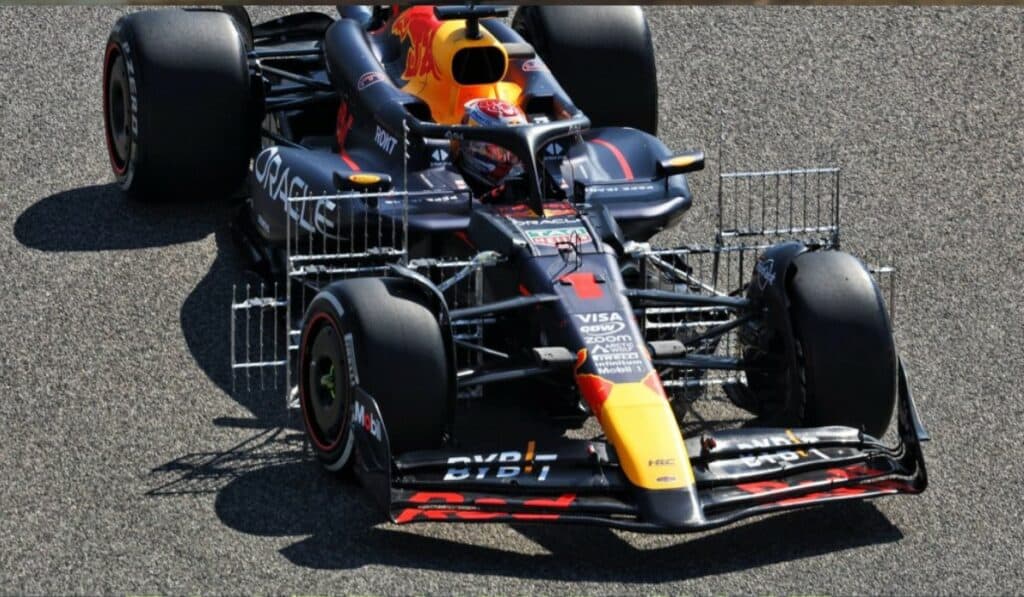
How F1 Testing Differs from Practice Sessions
A common question among new fans is: What’s the difference between F1 testing and race weekend practice sessions?
1. Purpose
- Testing: Focuses on gathering performance data, evaluating upgrades, and ensuring reliability.
- Practice sessions: Occur during a race weekend and focus on race setup, qualifying pace, and tire strategy.
2. Privacy and Pressure
- Testing: Times are unofficial. Teams often hide their true pace using heavy fuel loads or conservative engine modes.
- Practice: Lap times are public, and teams prepare openly for qualifying and the race.
3. Track Conditions
- Testing: Conducted before the season, sometimes in cooler weather.
- Practice: Happens on race weekends, under real competitive conditions.
4. Regulations
- Testing: Limited by FIA rules to control costs and maintain fairness.
- Practice: Free practice sessions (FP1, FP2, FP3) are part of every race weekend’s official schedule.
Essentially, testing serves as the laboratory, while practice sessions are the rehearsal before the main event. This meticulous preparation is a hallmark of the most successful F1 teams, ensuring they perform at their peak when it matters most.
F1 Testing Analysis: What Teams Look For
During the three days of running, teams conduct detailed testing analysis to understand every aspect of the car. This includes:
Aerodynamic Performance
Wind-tunnel and simulation data are validated on track using flow-vis paint (a green dye that visualizes airflow) and sensors called pitot tubes. Even the smallest aerodynamic adjustment can make a difference of tenths per lap, contributing to some of Formula 1’s most exciting updates and thrilling moments.
Tire Degradation and Performance
Each team collaborates with Pirelli to test different compounds. Understanding how tires perform on long runs helps predict race pace. The way tires heat and cool reveals how gentle or aggressive a car is on its rubber.
Power Unit Efficiency
Teams analyze how efficiently engines deliver power while ensuring reliability. Factors like cooling efficiency, fuel consumption, and energy recovery systems are closely evaluated, with insights from experts such as Ralf Schumacher helping to interpret performance data and optimize setups.
Driver Feedback
Perhaps the most human aspect of testing is when drivers share real-time impressions on handling, braking, and traction. Their feedback helps engineers fine-tune the car setup, insights often discussed and analyzed by Sky F1 Presenters for fans around the world.
F1 Testing Live Updates and Coverage
Fans don’t have to wait for official press releases — F1 testing live updates are now widely available.
Major outlets like Formula1.com, Sky Sports F1, and Motorsport.com provide real-time lap times, analysis, and team interviews.
During each session, live tickers and commentary track:
- Fastest lap times
- Long-run simulations
- Red flags and mechanical issues
- Weather changes
- Team and driver reactions
Social media, especially X (formerly Twitter), also plays a huge role. Journalists and insiders share behind-the-scenes insights — from tire choices to unexpected reliability problems.
These live updates not only keep fans informed but also help analysts predict early performance trends. However, testing results don’t always tell the full story, as teams often conceal their true pace or experiment with new setups — insights that are closely followed by enthusiasts of Tag Heuer Formula 1.
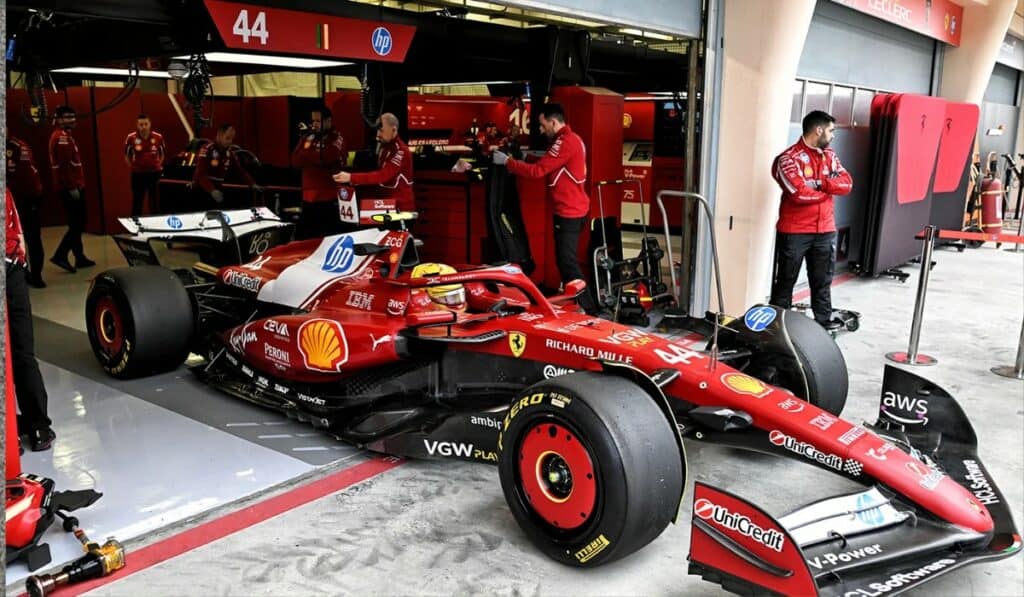
Key Takeaways from F1 Testing 2025 (Expected Trends)
While we won’t know the full picture until lights go out at Round 1, here’s what’s typically expected during pre-season testing:
- Red Bull’s Benchmark – After dominating recent seasons, all eyes will be on Red Bull’s RB21 performance and whether rivals can close the gap.
- Mercedes’ Recovery Path – Their new chassis concept could reveal whether they’ve solved balance issues.
- Ferrari’s Consistency – Long-run pace and tire wear remain key focus areas.
- McLaren and Aston Martin – Both teams will look to prove that 2024’s progress wasn’t a one-off.
- Rookie Adaptation – New drivers adjusting to F1 cars will be watched closely during shakedown and testing sessions.
The Real Start of the Season
The F1 pre-season testing period is much more than just preparation — it’s the heartbeat of the sport’s technological innovation. Every lap tells a story of precision, pressure, and performance.
From live updates and analysis to understanding the difference between testing and practice sessions, fans who follow this stage gain deeper insights into how champions are built. By the time the first race weekend arrives, teams will have turned thousands of data points into performance — all born from the vital days of F1 testing.
FAQs
Is F1 testing open to the public?
Yes, Bahrain’s pre-season test often allows fans to attend with limited grandstand access, giving enthusiasts a rare behind-the-scenes look.
Do testing lap times reflect real pace?
Not always. Teams use varying fuel loads, tire compounds, and engine settings, so lap times can be misleading.
Can teams test during the F1 season?
Only in official test sessions approved by the FIA — private mid-season testing is banned to reduce costs.
What’s a shakedown compared to testing?
A shakedown is a brief pre-test run (usually 100 km) to ensure the car’s systems work correctly before full testing begins.

